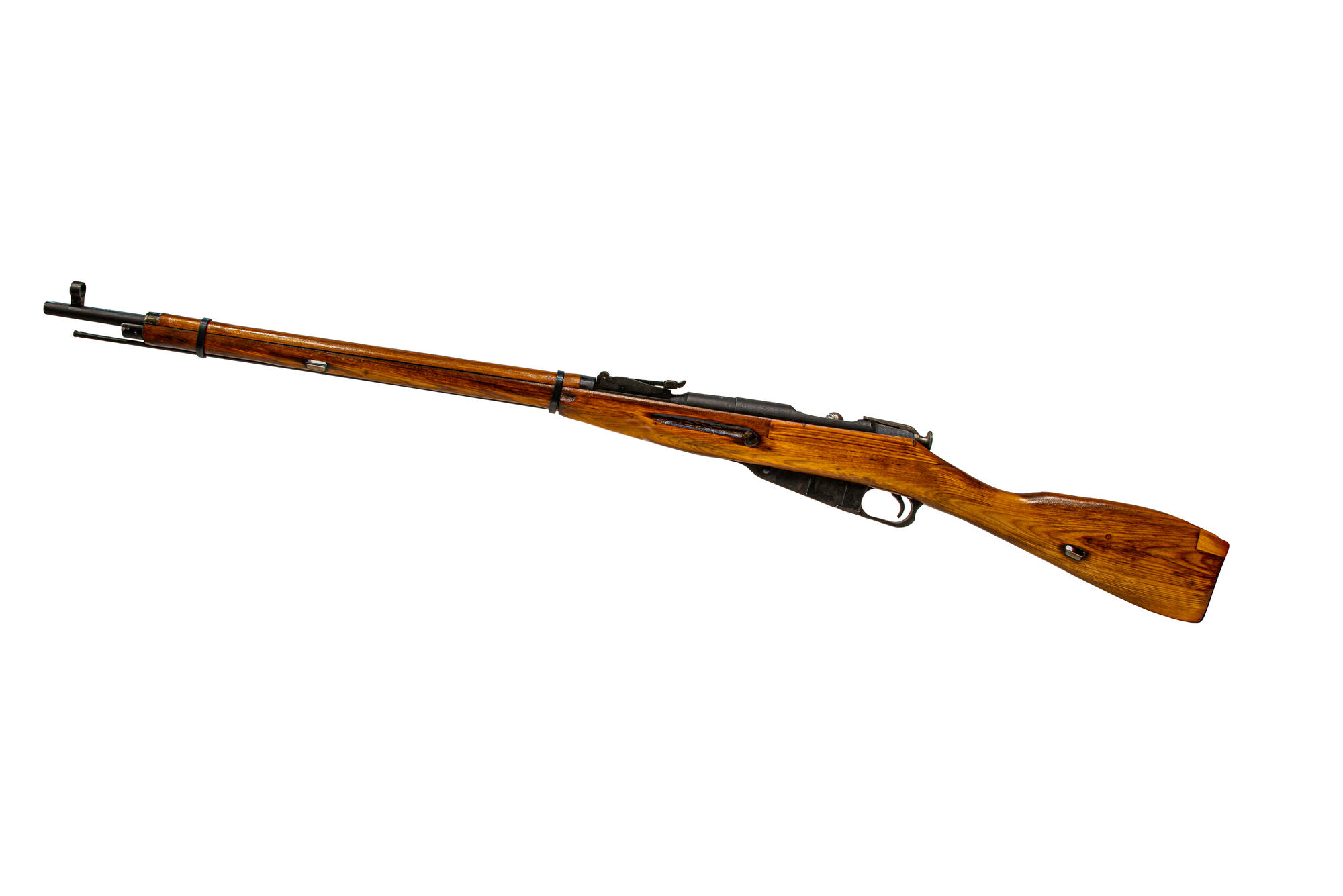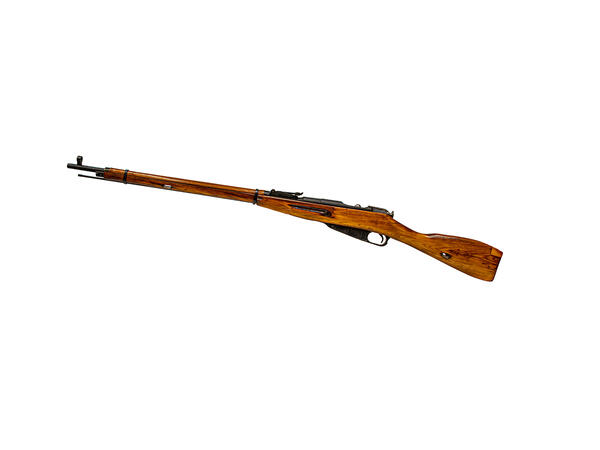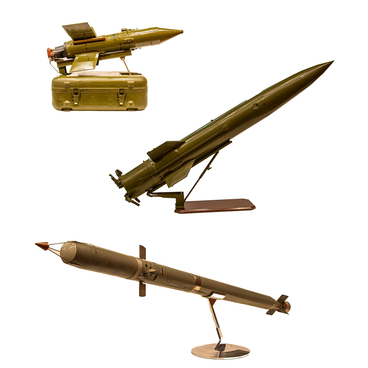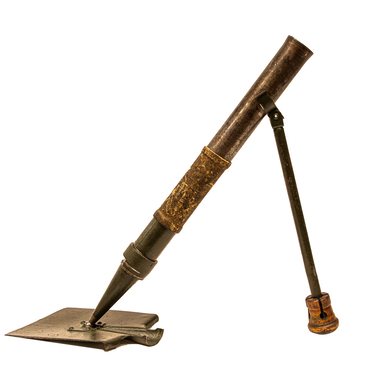In 1882 the Main Artillery Directorate of Russia set the task of developing a multi-shot (‘repeating’) rifle. A year later a Commission for testing magazine guns was formed under the chairmanship of Major-General Nikolai Chagin.
Sergei Mosin developed the 7.62-millimeter three-line magazine rifle in 1891. After the military tests, Chagin’s commission accepted it, but with a condition: the weapon must be supplemented with parts from the design of the Belgian Leon Nagan. The modified rifle was already adopted by the Russian Imperial Army in 1891. And since 1892 it went into mass production.
The original design of the Mosin rifle changed over time. In 1893 a wooden barrel cover appeared: it protected the shooter’s hands from burns. Three years later, a new longer ramrod with a larger head was added. It made the gun easier to clean. But the notch on the lid of the magazine box was removed: when soldiers carried it, it rubbed holes in the uniform.
In 1930 the ‘Dragoon’ rifle was modernized and a new weapon was created, known as the Mosin rifle of 1891/1930. The work took place in Kolomna at the Scientific and Test Weapon Range in Shchurovo, which was relocated here from near Petrograd in 1927.
In 1938 the Tokarev semi-automatic rifle (SVT) appeared. It was assumed that in the early 1940s it would almost completely replace the Mosin rifle in the army and become the main weapon of the Soviet infantry. But its design was much more complicated than that of the magazine-type rifle and submachine gun, so in 1941, when the Great Patriotic War began, the SVT became much less available.
The upgraded Mosinka became one of the main weapons of the Soviet army. At the end of the war ‘three-line guns’ accounted for almost half of the total number of small arms. The other half of the armament consisted of semi-automatic rifles and submachine guns.



